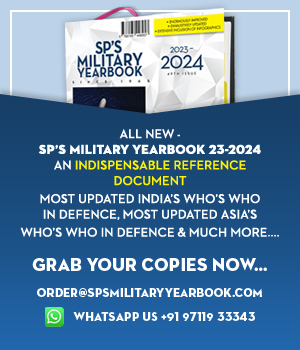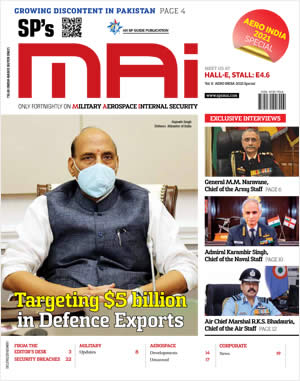INDIAN ARMED FORCES CHIEFS ON OUR RELENTLESS AND FOCUSED PUBLISHING EFFORTS

The insightful articles, inspiring narrations and analytical perspectives presented by the Editorial Team, establish an alluring connect with the reader. My compliments and best wishes to SP Guide Publications.

"Over the past 60 years, the growth of SP Guide Publications has mirrored the rising stature of Indian Navy. Its well-researched and informative magazines on Defence and Aerospace sector have served to shape an educated opinion of our military personnel, policy makers and the public alike. I wish SP's Publication team continued success, fair winds and following seas in all future endeavour!"

Since, its inception in 1964, SP Guide Publications has consistently demonstrated commitment to high-quality journalism in the aerospace and defence sectors, earning a well-deserved reputation as Asia's largest media house in this domain. I wish SP Guide Publications continued success in its pursuit of excellence.
- Operation Sindoor: Resolute yet Restrained
- India’s Operation Sindoor Sends a Clear Message to Terror and the World – ‘ZERO TOLERANCE’
- Japan and India set forth a defence cooperation consultancy framework, talks on tank and jet engines
- Terrorist Attack in Pahalgam in Kashmir: Unfolding a long surgical war against PAK
- Lt General Pratik Sharma takes over Command of Indian Army's Northern Command
PROGNOSIS
Indo-China Border Talks
Top Indian and Chinese generals held talks to resolve the high altitude face-off in the Ladakh region between India and China as a result of China's growing military assertiveness
 |
The Author is Former Director General, Mechanised Forces, Indian Army |
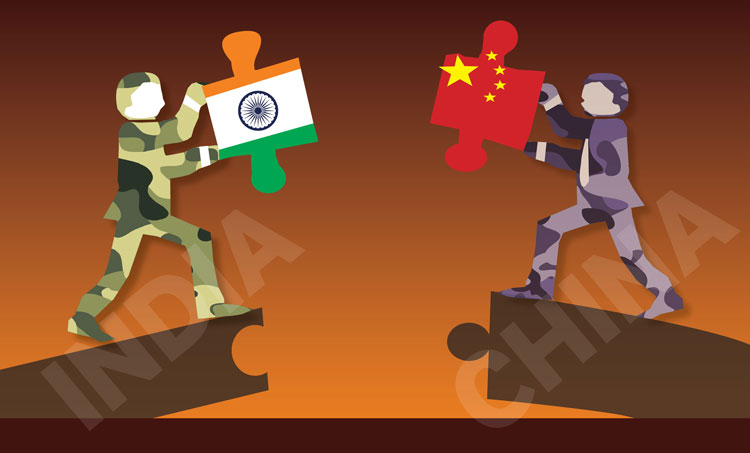
Meet The General -
Lt. General Harinder Singh
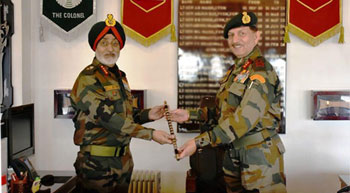
- Leading India's charge at the high-level meeting with China.
- Currently Corps Commander of Leh-based 14 Corps. Took over as the 14 Corps Commander last October from Lt General Y.K. Joshi. 14 Corps is also known as ‘Fire and Fury Corps’ and is a part of the Udhampur-based Northern Command.
- A counter-insurgency expert, he has also held some crucial positions in the Army. He has been the Director General of Military Intelligence (DGMI), Director General of Military Operations (DGMO), as well as Director General of Operational Logistics and Strategic Movement.
- He has also headed a Rashtriya Rifles (RR) battalion in north Kashmir and has been a part of a UN mission in Congo, where he helmed an infantry brigade group.
- He is an alumnus of the prestigious Pune-based National Defence Academy (NDA) and was commissioned into the Army’s Maratha Light Infantry. Later, he also graduated from the Defense Service Staff College (DSSC).
- He has published several essays and papers and also has written on the Chinese. In 2010, then-Colonel Harinder Singh, in a paper titled ”India’s Emerging Land Warfighting Doctrines and Capabilities’, spoke about how an armed clash or skirmish if not contained, ‘could lead to a local conflict’.
As per reports, the talks on June 6, between GOC 14 Corps and South Xinjiang Military District Commander have been positive but inconclusive. It is the first high-level talk – the initial step towards resolution and de-escalation. The Doklam face-off lasted close to three months. There were several meetings at various levels but the impasse was ultimately resolved at the diplomatic and political level. The present situation is way more serious and is likely to follow an identical trajectory. It is going to be a long haul before both sides agree (or disagree).
The official line is that Indian and Chinese officials continue to remain engaged through the established military and diplomatic channels to address the current situation in the India-China border areas. Time and again each side have emphasised that they do not want the "differences" to become disputes and want to resolve differing perceptions through peaceful dialogue while respecting each other's sensitivities and concerns. But, if China truly wants to work on this principle, then why the intrusions and the desire to change the status quo?
If history has taught us anything, it is that China keeps changing its claim line based on the changing strategic intent, without ever defining it explicitly.
Nevertheless, the fact is that the present intrusions were pre-planned; People’s Liberation Army (PLA) has seized areas of tactical significance in Galwan Valley, HOT Springs and Pangong-Tso lake. They are constructing permanent positions in these areas. The seized positions in Galwan overlook the critical road artery of Darbuk-Shyok-Daulat Beg Oldi (DBO) and can be interdicted at will. All this is a matter of concern. The tactical value of the areas seized by China signifies that it is with the intent to permanently change the status quo. Has the Chinese hierarchy overplayed in a false sense of belief that the situation could be de-escalated by presenting fait accompli to India?
In any localised conflict, the Indians will have an upper hand because of motivated and combat-experienced troops with the strength to match in numbers and firepower.
On the issue of border alignment, China has always been ambiguous, helping them nibble into Indian territory by using the oft famous line – ‘differing perceptions of LAC’. If history has taught us anything, it is that China keeps changing its claim line based on the changing strategic intent, without ever defining it explicitly. In 1956 there was one claim line, in 1960 there was second, and after 1962, another...a never-ending change – flouting all international boundary management norms.
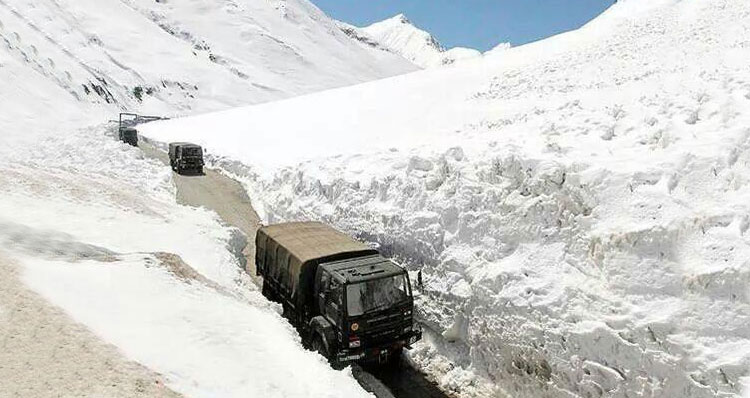
The first agreement of peace and tranquillity was signed in 1993. Twenty-Seven years have passed since – there have been innumerable talks/ meetings at various levels, special representatives have been appointed but the LAC has still not been marked. The LAC has no meaning until it is delineated.
Former Army Chiefs on Indo-China Dialogue (as told to SP’s)
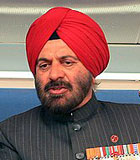
Their focus would be to de-escalate, return to status quo ante as of April 20, disengage wherever they are in a face to face situation, renew their pledge to avoid violent and unsoldierly behaviour, in short, maintain peace and tranquillity and also assist in the diplomatic and political dialogue.
In case the Chinese do not agree to fall back then we stay firmly and hold ground resolutely. If required we could also exercise our right to go upto our perceived LAC while continuing unabated our infrastructure improvements.
— General J.J. Singh (Retd)

– It will not be resolved straight away.
– China is going to use it as a pressure point against us.
— General Deepak Kapoor (Retd)
China is determined to advance its interests and take over territories that suit its tactical and strategic economic intent. This was amply demonstrated when they annexed Tibet and Inner Mongolia. Hong Kong is next, with Taiwan to follow. The South China Sea is seeing similar manoeuvres. And that we are going to be fools to believe that China will stop at its neighbours. It's no secret that China is trying to usurp the world bodies too, one at a time. The first step was the World Health Organization (WHO) – and the world is a witness to the disaster it has led to. The world should sit up as the Chinese communist model is not about shared future - lest we forget Tiananmen Square. Nor should India forget 1962.
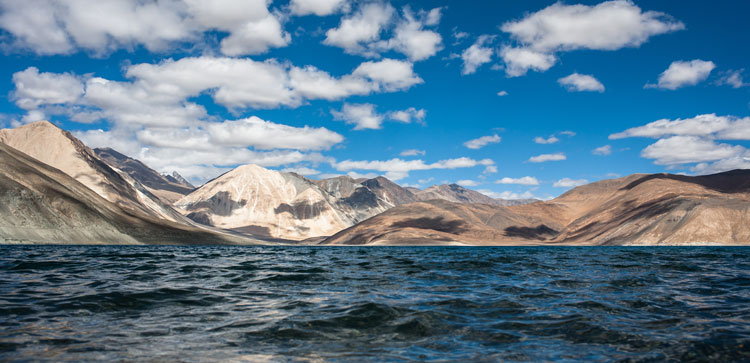
China is fully aware that war is not a wise option. India is no longer a pushover and has left 1962 far behind. In any localised conflict, the Indians will have an upper hand because of motivated and combat-experienced troops with the strength to match in numbers and firepower. The Indian Air Force and Indian Navy also enjoy a tactical advantage. The PLA is largely a conscript army and will find it tough to fight in high altitude mountainous terrain. China is fully aware of these facts and hence will not like the situation to escalate. The conciliatory statements of resolving through a peaceful dialogue are clear pointers.
The threat from China is present and clear. India needs to tread this path with caution and strong resolve.
However, the PLA is in an advantageous position, is not easily going to withdraw and agree to status quo ante. The present ingress has both tactical and strategic intent and if that be so, will China withdraw its forces without some consideration – quid pro quo deal? The threat from China is present and clear. India needs to tread this path with caution and strong resolve. China only respects and responds to strength. We need to look into their eyes, be resolute and steadfast. Prime Minister Modi is a strong leader, known to not blink. Doklam showed our maturity and resilience. The present situation is unprecedented and our response must be firm and measured. Anything less than status quo ante, will have regional and global ramifications. The entire region is looking up to India.




